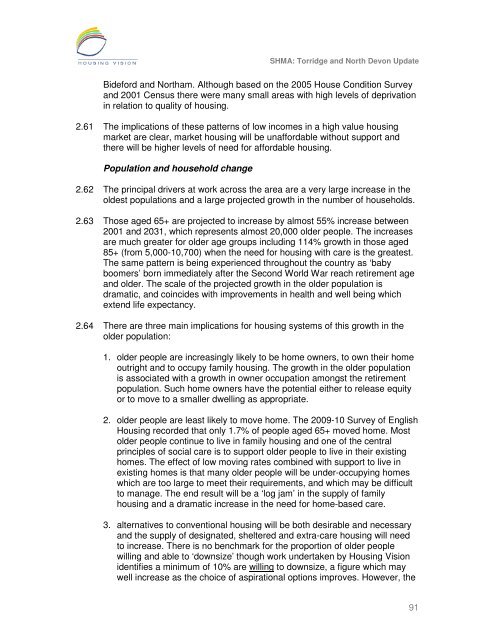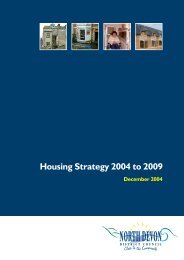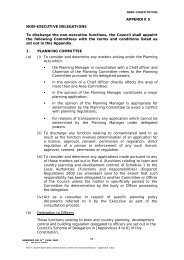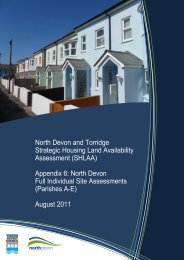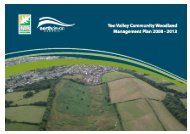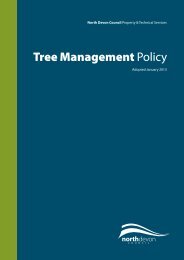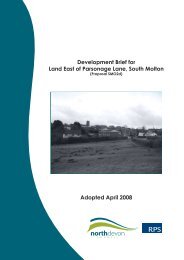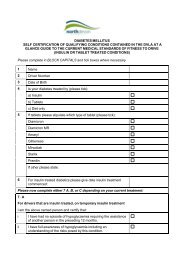Strategic Housing Market Assessment - North Devon District Council
Strategic Housing Market Assessment - North Devon District Council
Strategic Housing Market Assessment - North Devon District Council
You also want an ePaper? Increase the reach of your titles
YUMPU automatically turns print PDFs into web optimized ePapers that Google loves.
SHMA: Torridge and <strong>North</strong> <strong>Devon</strong> Update<br />
Bideford and <strong>North</strong>am. Although based on the 2005 House Condition Survey<br />
and 2001 Census there were many small areas with high levels of deprivation<br />
in relation to quality of housing.<br />
2.61 The implications of these patterns of low incomes in a high value housing<br />
market are clear, market housing will be unaffordable without support and<br />
there will be higher levels of need for affordable housing.<br />
Population and household change<br />
2.62 The principal drivers at work across the area are a very large increase in the<br />
oldest populations and a large projected growth in the number of households.<br />
2.63 Those aged 65+ are projected to increase by almost 55% increase between<br />
2001 and 2031, which represents almost 20,000 older people. The increases<br />
are much greater for older age groups including 114% growth in those aged<br />
85+ (from 5,000-10,700) when the need for housing with care is the greatest.<br />
The same pattern is being experienced throughout the country as ‘baby<br />
boomers’ born immediately after the Second World War reach retirement age<br />
and older. The scale of the projected growth in the older population is<br />
dramatic, and coincides with improvements in health and well being which<br />
extend life expectancy.<br />
2.64 There are three main implications for housing systems of this growth in the<br />
older population:<br />
1. older people are increasingly likely to be home owners, to own their home<br />
outright and to occupy family housing. The growth in the older population<br />
is associated with a growth in owner occupation amongst the retirement<br />
population. Such home owners have the potential either to release equity<br />
or to move to a smaller dwelling as appropriate.<br />
2. older people are least likely to move home. The 2009-10 Survey of English<br />
<strong>Housing</strong> recorded that only 1.7% of people aged 65+ moved home. Most<br />
older people continue to live in family housing and one of the central<br />
principles of social care is to support older people to live in their existing<br />
homes. The effect of low moving rates combined with support to live in<br />
existing homes is that many older people will be under-occupying homes<br />
which are too large to meet their requirements, and which may be difficult<br />
to manage. The end result will be a ‘log jam’ in the supply of family<br />
housing and a dramatic increase in the need for home-based care.<br />
3. alternatives to conventional housing will be both desirable and necessary<br />
and the supply of designated, sheltered and extra-care housing will need<br />
to increase. There is no benchmark for the proportion of older people<br />
willing and able to ‘downsize’ though work undertaken by <strong>Housing</strong> Vision<br />
identifies a minimum of 10% are willing to downsize, a figure which may<br />
well increase as the choice of aspirational options improves. However, the<br />
91


